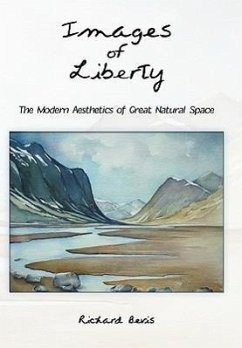Our ancestors did not always see beauty in the starkness of deserts, mountains, and polar wastes; that was the work of ages. In The Road to Egdon Heath (1999), Richard Bevis undertook to explain how and why this change - noted by Thomas Hardy in 1878 - came about. In Images of Liberty he picks up this story in the late nineteenth century and carries it into the present time. "That the mid-1870s saw Thomas Hardy imagine Egdon Heath out of a few Dorset moors and present it as the modern standard of natural beauty; Charles Doughty go wandering with nomads in the Arabian desert; John Muir begin to write about his climbs in the Sierra Nevada; John Wesley Powell affirm the arid reality of the American West; and Herman Melville publish a long poem about the wilderness of Judaea while explorers were probing the polar oceans, is not likely to have been mere coincidence." He finds that influences as diverse as Buddhism, industrial development, climate change, and tourism have shaped attitudes toward "the Great," and even its physical reality. Bevis concludes that the impulses that drove the pioneers to Hardy's "chastened sublimity" have not passed away. "Our horizons are still spacious, still liberating, and not unknowable."








